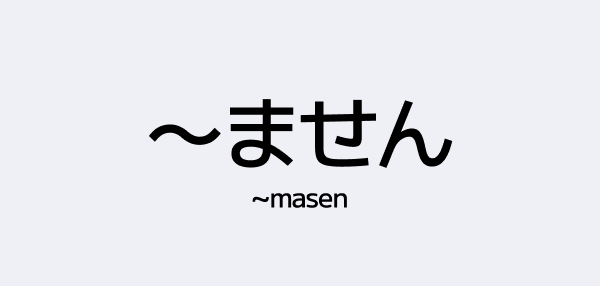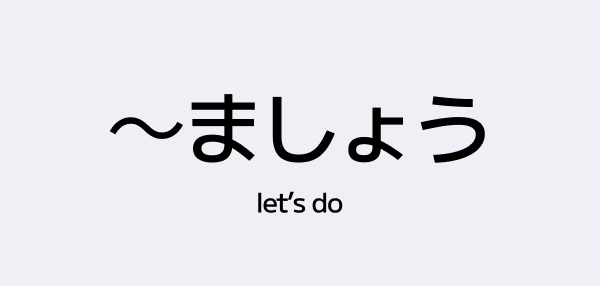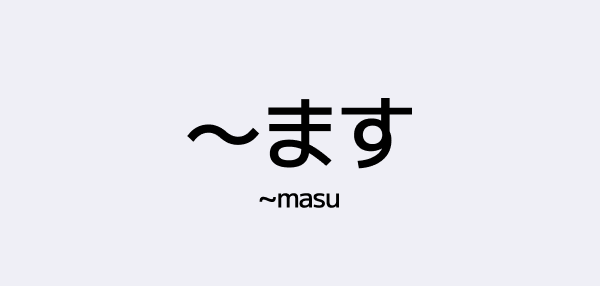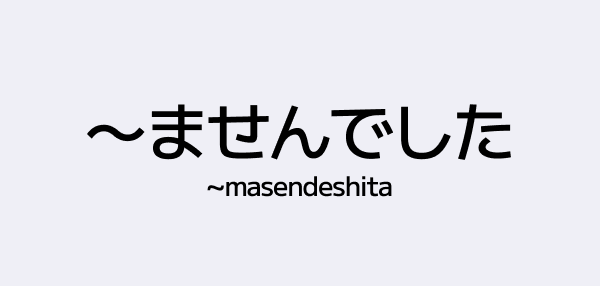The の (No) Particle

The particle 「の」 is one of the most fundamental and frequently used particles in Japanese. It links words together, usually showing possession or belonging, but it also plays broader roles in description, categorization, and even nominalization. Despite its simple appearance, mastering 「の」 unlocks a lot of Japanese sentence structure.
This article will walk you through all major uses of「の」, including practical examples and common pitfalls to avoid.
1. What Does「の」Mean?
At its core,「の」acts like an apostrophe-s ('s) in English.
Common meanings:
- Possession: my, his, their, etc.
- Association: of, related to
- Category/Type: noun modifying another noun
- Nominalization: turning phrases into nouns
2.「の」to Show Possession
This is the most direct and common usage.
Example 1:
わたしのペンです。 Watashi no pen desu. (It’s my pen.)
"わたし(I)" + "の" modifies "pen" to mean “my pen.”
Example 2:
これはたなかさんのくるまです。 Kore wa Tanaka-san no kuruma desu. (This is Mr. Tanaka’s car.)
3.「の」to Link Descriptions and Categories
Beyond possession,「の」connects two nouns where the first describes or categorizes the second.
Example 1:
にほんごのほん Nihongo no hon (A Japanese language book)
This doesn’t mean the book belongs to the Japanese language—it is a book about Japanese.
Example 2:
がくせいのパソコン Gakusei no pasokon (A student’s computer / A computer for students)
Depending on the surrounding context, it could be a computer that's designed for students, or literally just a student's personal possession!
じょせいのふく Josei no fuku (Women's clothing / A woman's clothing)
This illustrates the same point as the above. Is it clothing made for women, or one woman's personal item?
4.「の」as a Pronoun Replacement ("One"/"Thing")
When the second noun is obvious, it can be dropped, and「の」stands in as a pronoun-like substitute.
Example:
そのくるまはたかいです。でも、わたしのはやすいです。 Sono kuruma wa takai desu. Demo, watashi no wa yasui desu. (That car is expensive. But mine is cheap.)
Here, “わたしの” replaces “わたしのくるま.”
5.「の」to Nominalize Phrases
「の」can turn entire phrases into nouns, often to describe or reference something abstract.
Example 1:
たべるのがすきです。 Taberu no ga suki desu. (I like eating.)
“たべる(to eat)” becomes the subject of the sentence via「の」.
Example 2:
あなたがくるのをまっています。 Anata ga kuru no o matteimasu. (I’m waiting for you to come.)
6. Common Mistakes with「の」
❌ Mistake 1: Overusing possession structure when not needed Incorrect: にほんのごはんをたべます。 (This would mean "Japan's rice")
Correct:にほんごをたべます。 → Actually, you'd want:にほんのりょうりをたべます。(Eat Japanese food)
❌ Mistake 2: Forgetting context when dropping nouns If it’s unclear what “の” is replacing, listeners will be confused.
Example:これはわたしのです。(This is mine.) — Clear only if the object is already known.
7. Variations of「の」in Casual Speech
In casual or feminine speech,「の」is often used at the end of sentences to explain or emphasize, especially in questions or reasons.
Example:
どうしてこなかったの? Doushite konakatta no? (Why didn’t you come?)
This adds a sense of curiosity or emotional tone to the question.
そうなの! Sounano! (That's right!)




